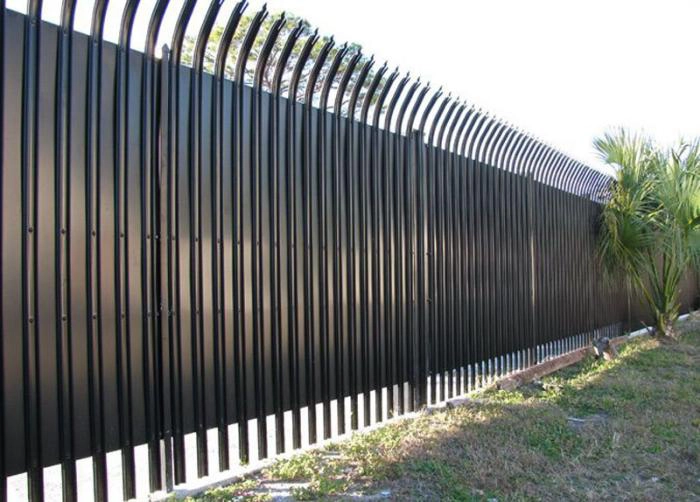Although there are potential hidden costs when a fence is installed, a number of these can easily be identified before the project starts.
One of the things you should do is to get a fencing contractor to visit your property when you ask them to give you an estimate. A quote that is given over the phone and only based on the running length of the fence you want to be installed is merely a very rough estimate, and cannot possibly take all the relevant factors into account.
When researching the cost of having a fence installed at your property, ensure that you and the contractor look at the following to try and identify and eliminate any potential hidden costs.
1. Type of material
If a natural wooden fence is installed, the fence will warp, crack and potentially rot over time. Although there are numerous wood treatments such as painting and staining available to minimize this from happening, wooden fences will always require regular maintenance over time, and this means spending money and time. Other materials used for fences such as vinyl and aluminium are virtually maintenance-free.
Different types of security fences: Palisade, electric or razor wire?
2. Soil types
If the soil is loose, the fencing installation contractor will have to use more concrete and drill or dig deeper holes than what would be required for a typical installation. If you have clay or rocky soil, it may take longer to drill or dig the holes to the depth required.

Very bad clay may also need bigger foundations to cater for excessive soil movement as the clay dries out or gets wet. If this is not done properly, you run the risk of your fence sagging or even falling over completely within a few short months or years, and this would mean that the fence has to be redone at an additional cost.
3. Property slope
Although it is possible to install a fence on slopes, it may require more time and work, or even bigger foundations to install the fence properly. Discuss these issues with the fencing company before starting the project. Also ask for details on how they priced the labour and time that will be required to install the fence.
4. Landscaping and paving
If your property is already landscaped before you install a fence, there is a very good chance that some of the landscaping may be damaged or even destroyed when the fence is being installed. The same applies to areas that have already been paved close to where the fence has to be installed.
Discuss these issues with the fencing contractor beforehand and make sure you agree on who will be responsible for fixing any damage and restoring your landscaping and paving to its original state.
5. Irrigation Systems
Irrigation systems can easily be sliced, nicked, or even chopped off completely when a fence is being installed. You should know beforehand how the fence installation contractor will handle this possibility. You should also determine who will pay for this type of repair and who you should contact to repair your irrigation system if it is damaged during the installation.
6. Underground utilities
In South Africa, the local municipality is responsible for underground utilities such as water, sewage lines, and electricity. Unfortunately, the state of municipalities in South Africa is generally such that you’re not likely to get an accurate answer to the question of where the underground utilities are located. You can hire the services of an underground utility detection company to pinpoint the type, location and depth of the utilities.







